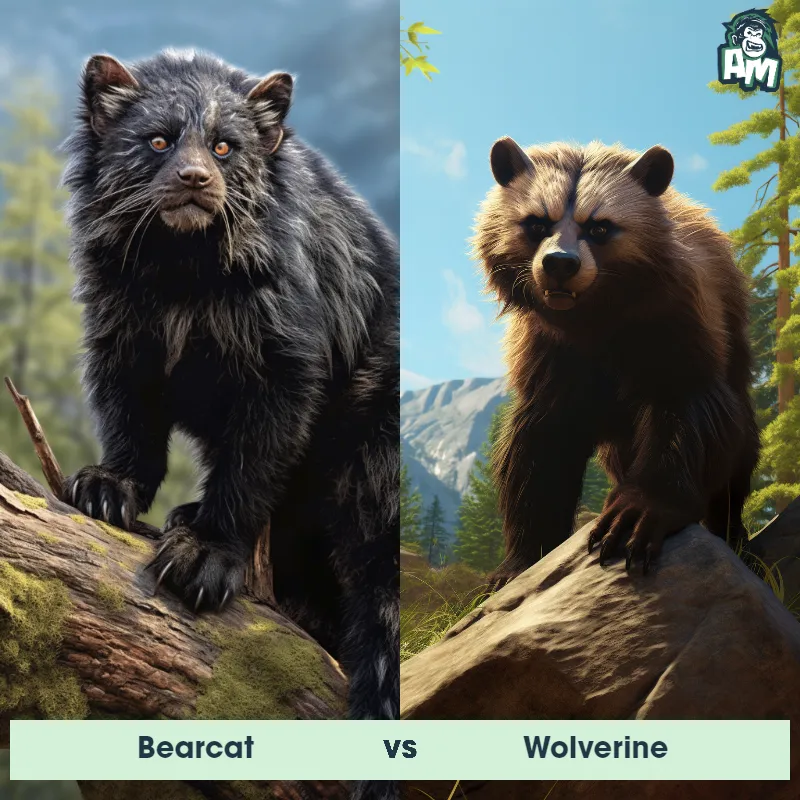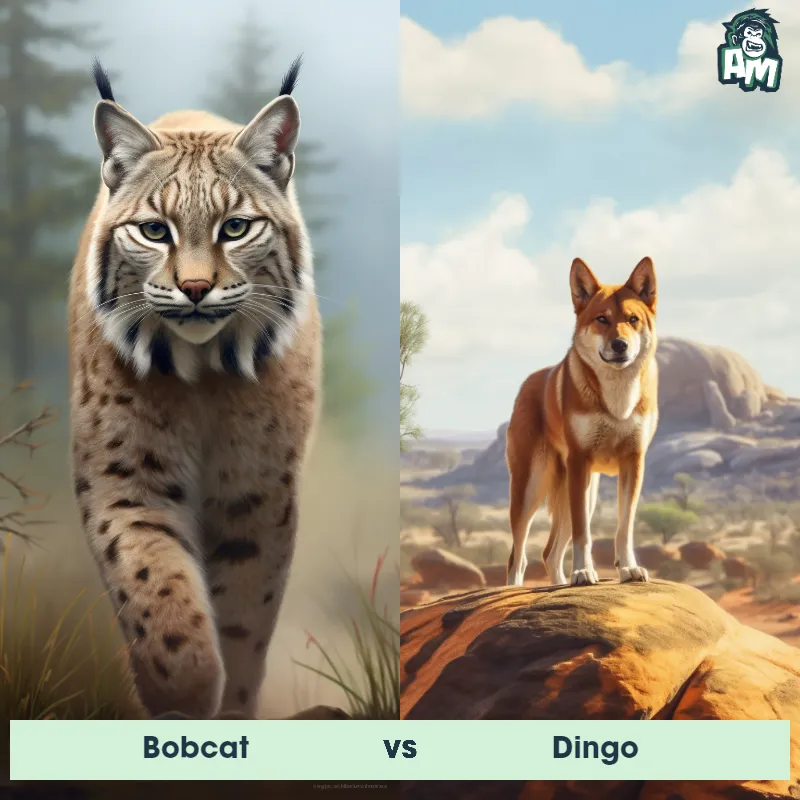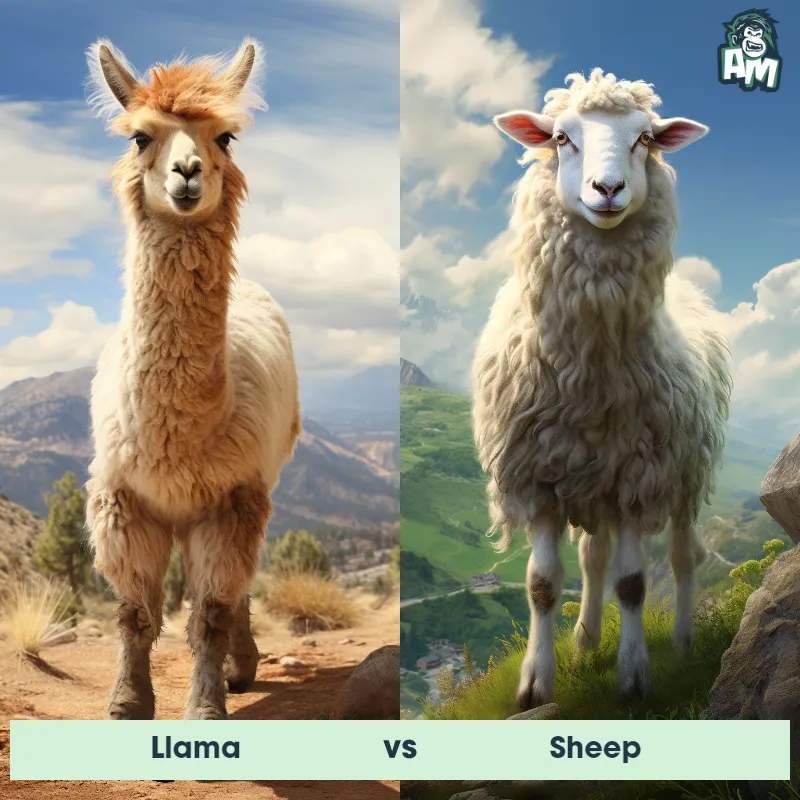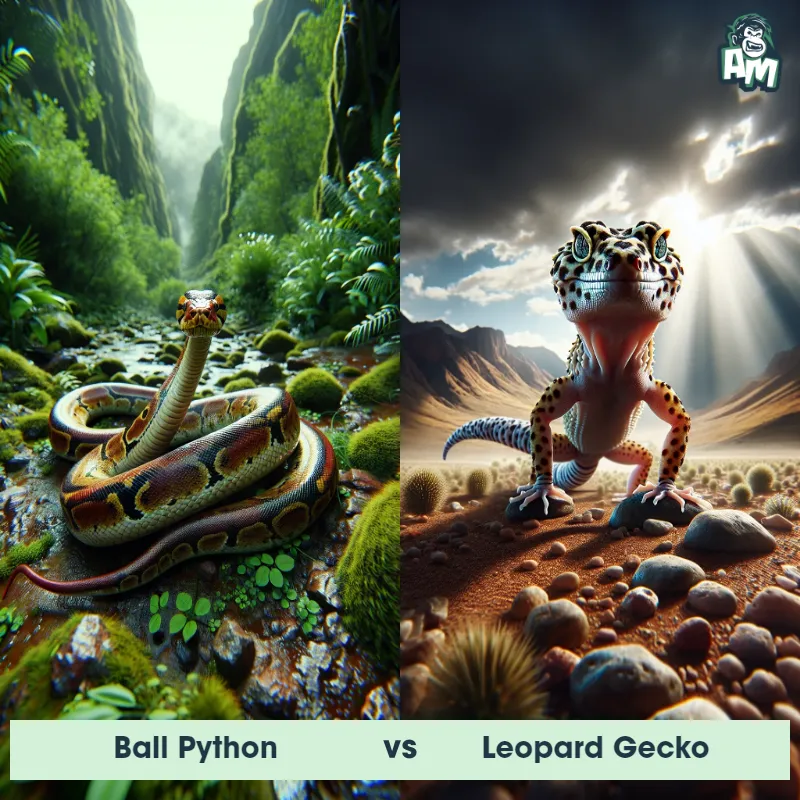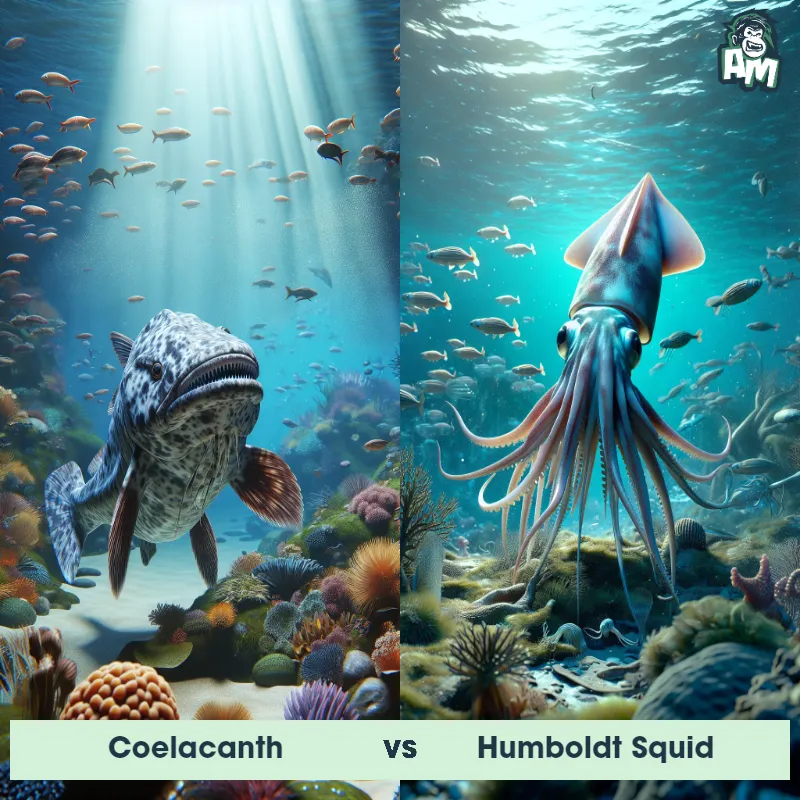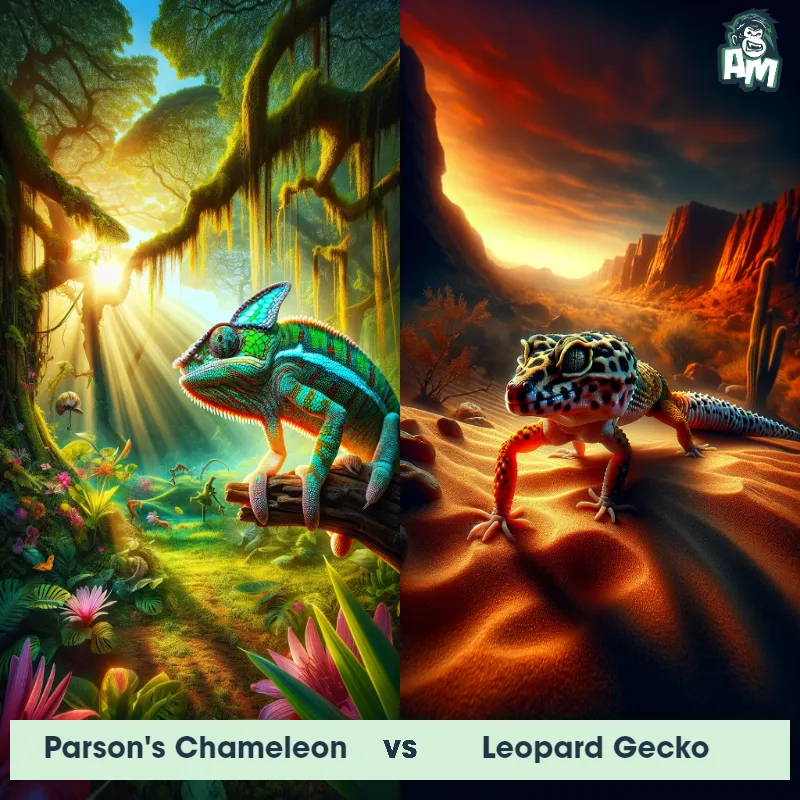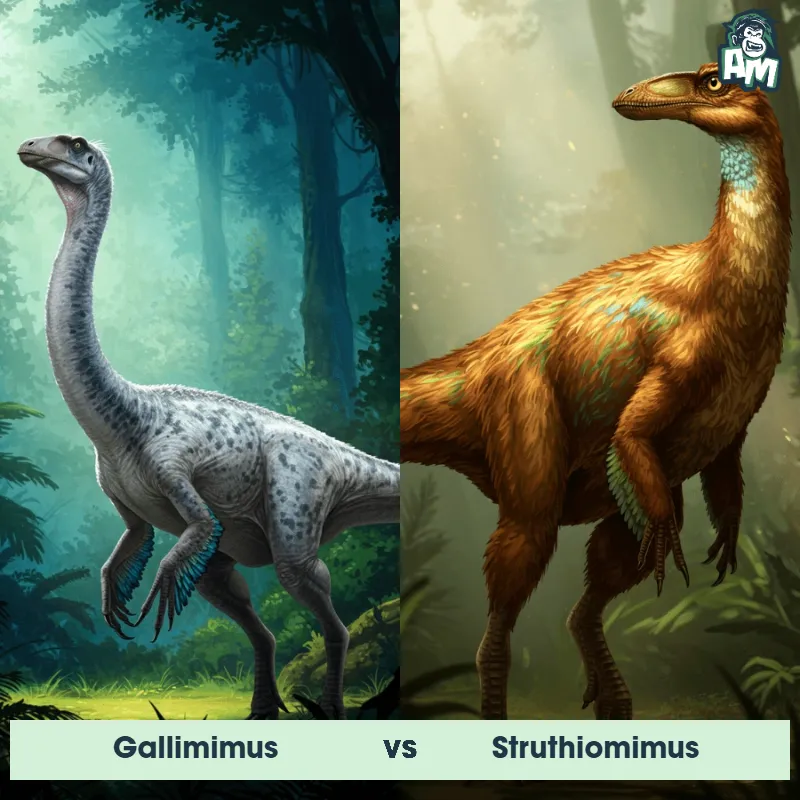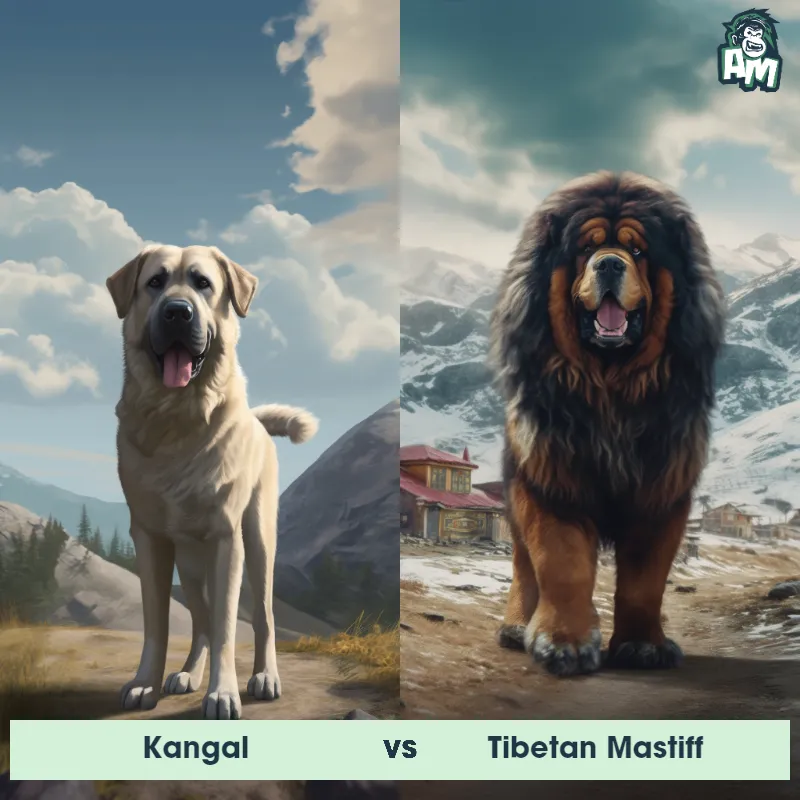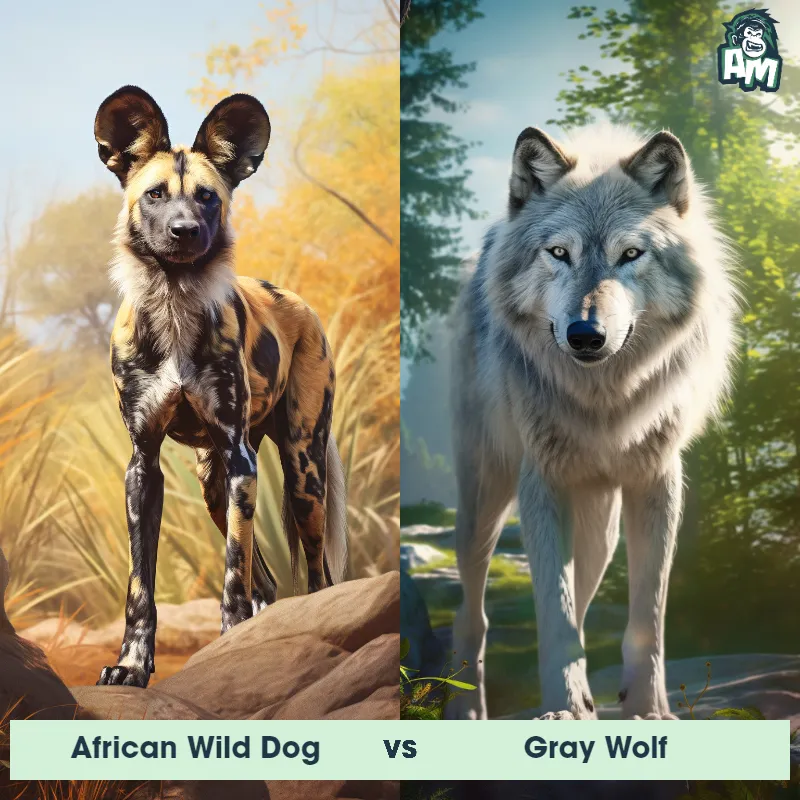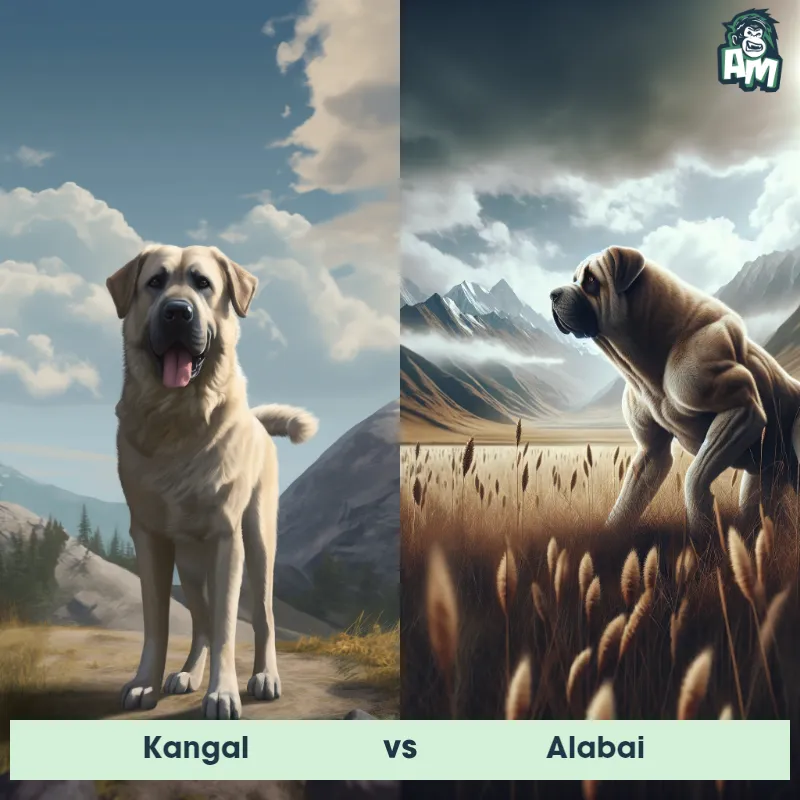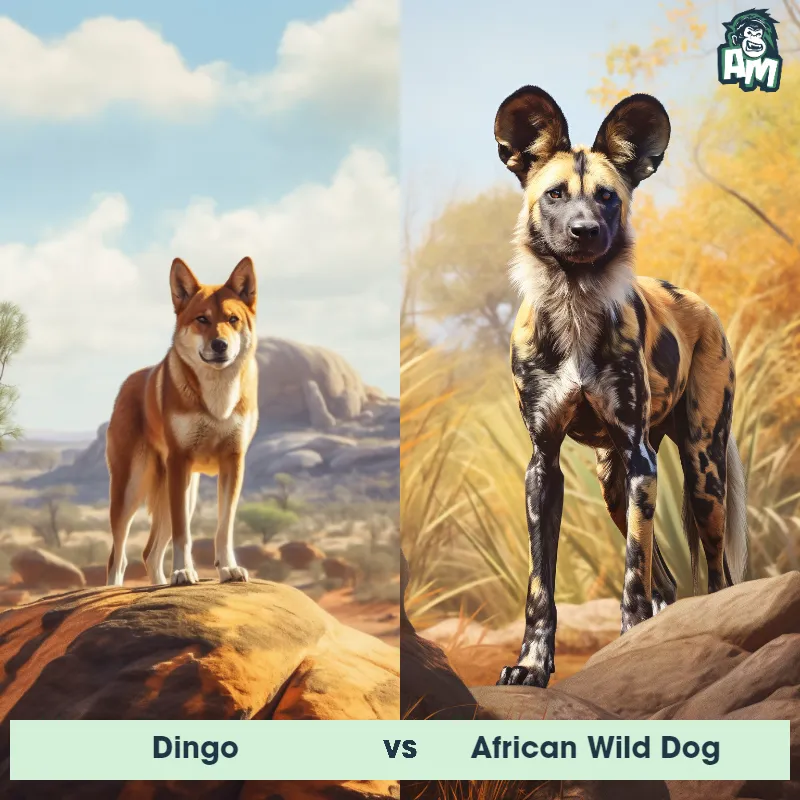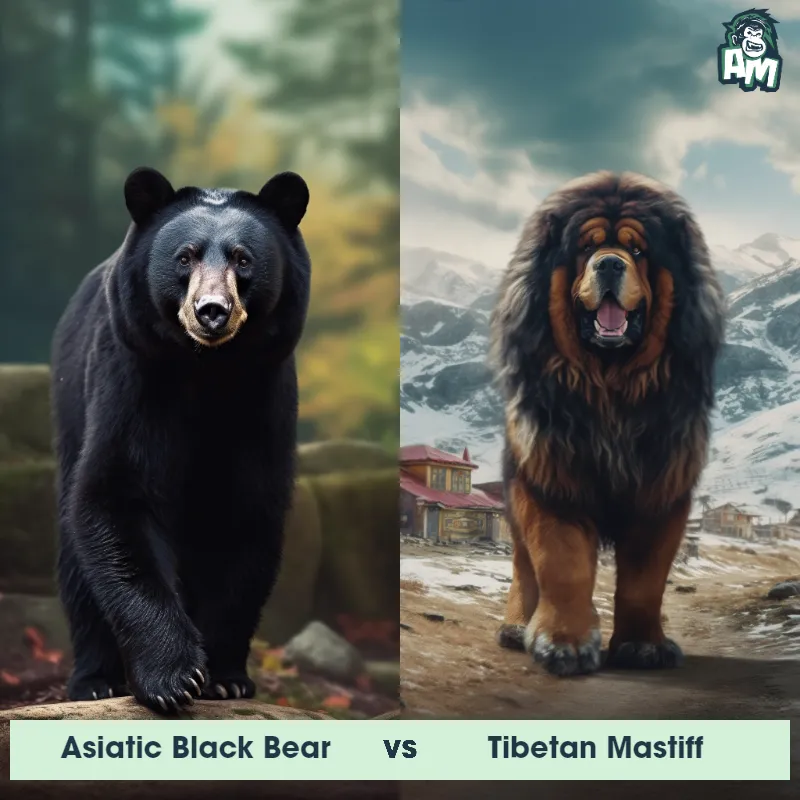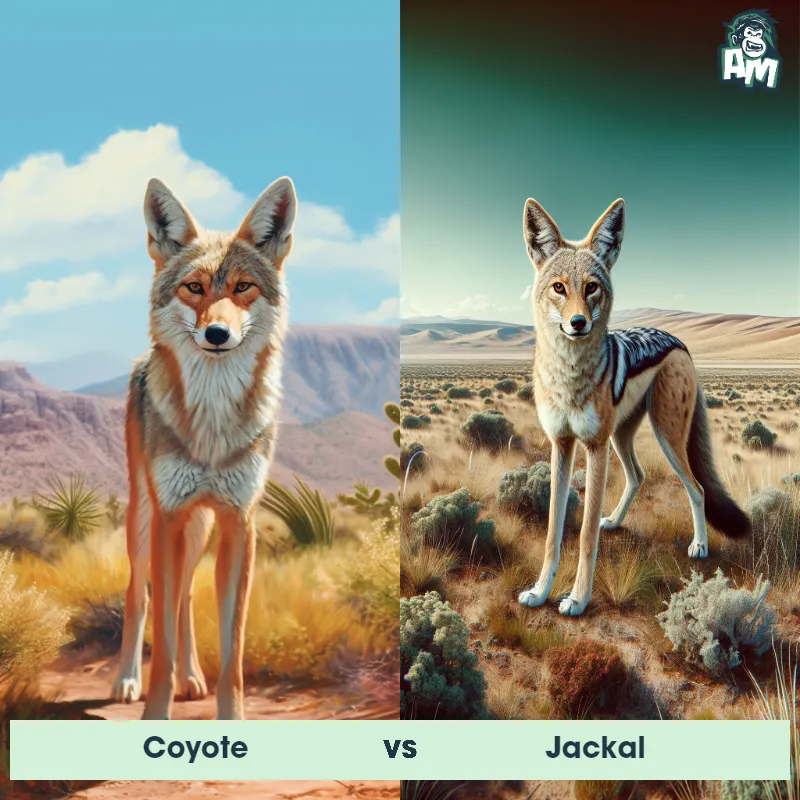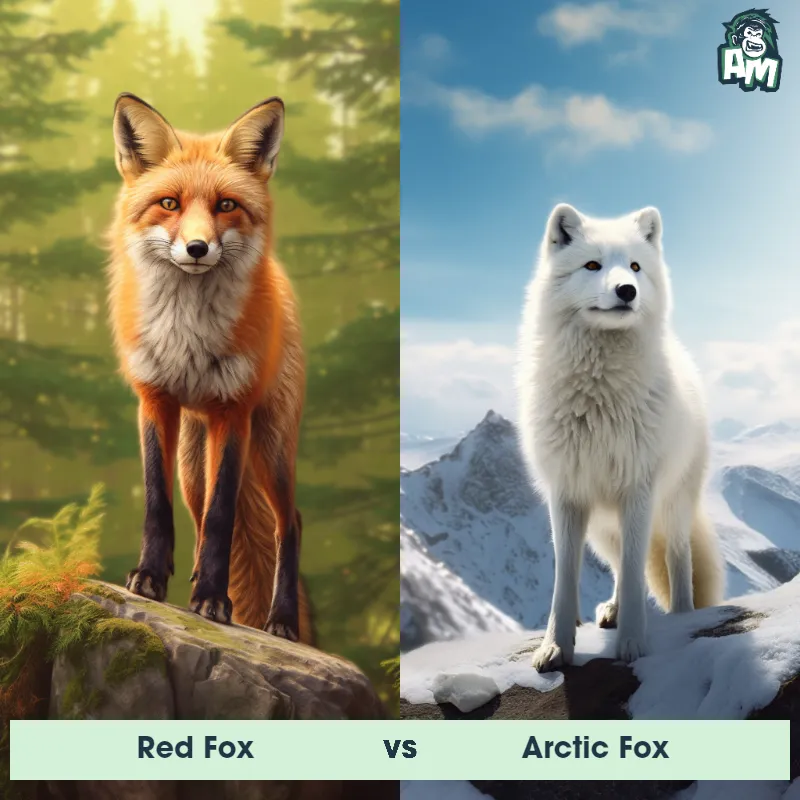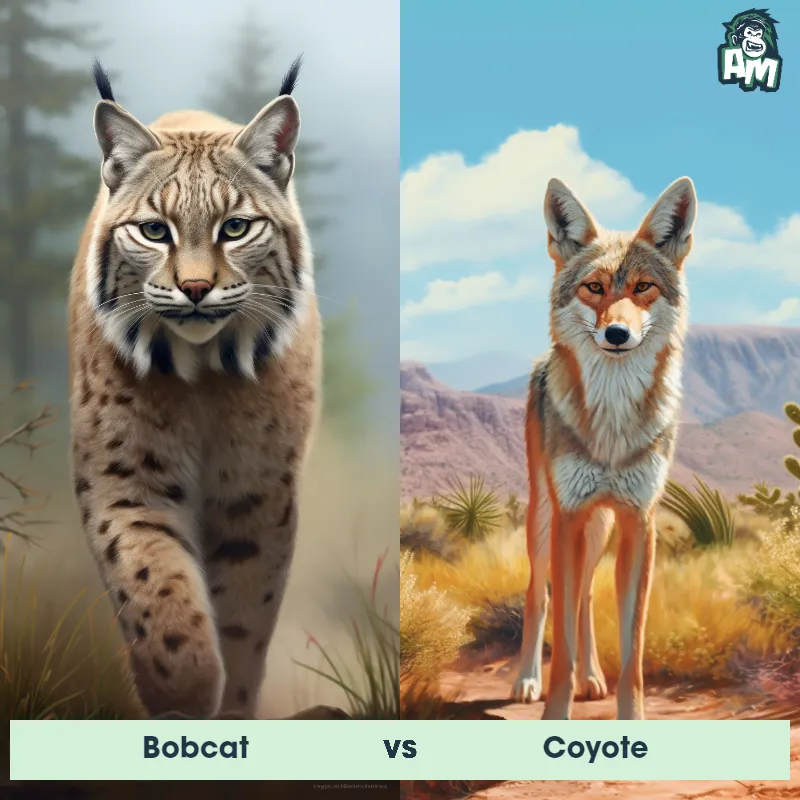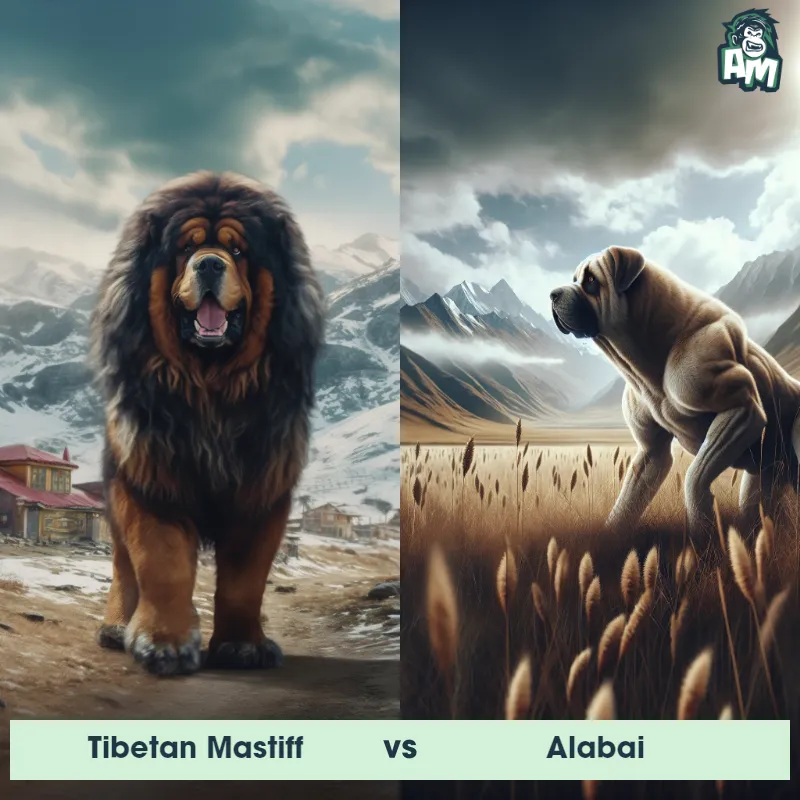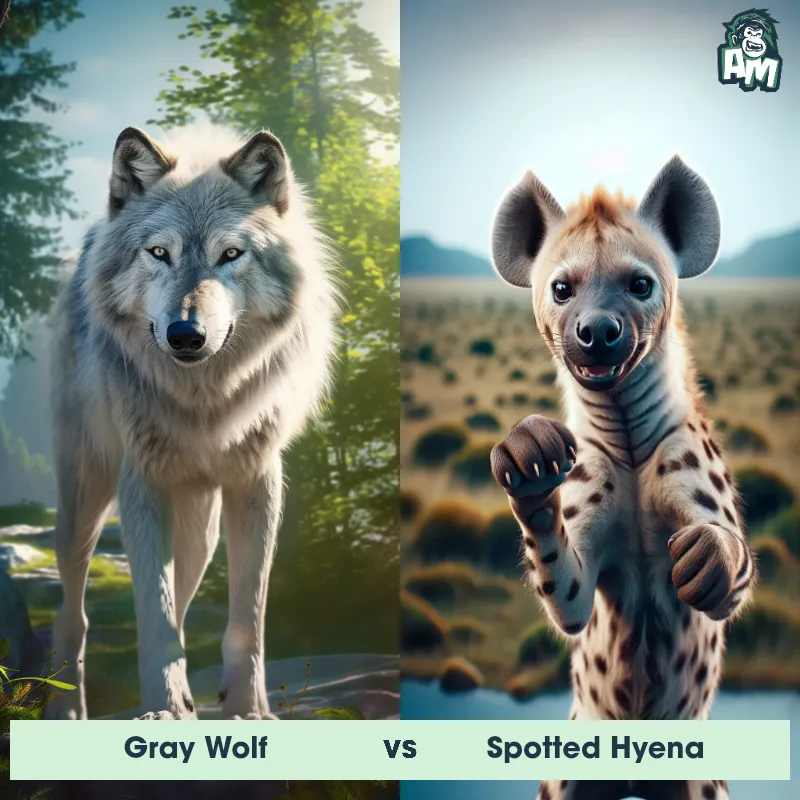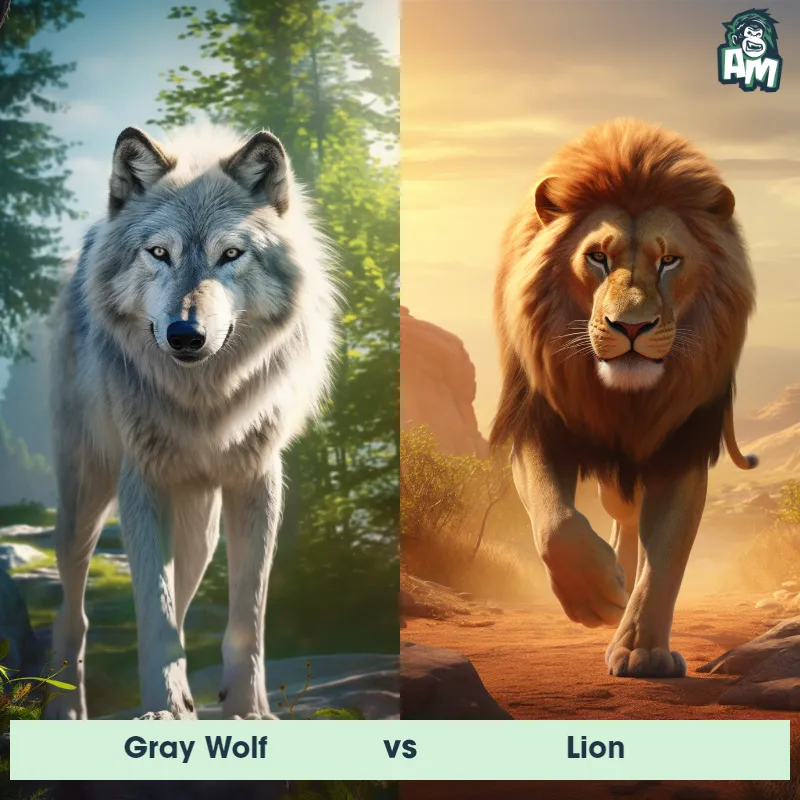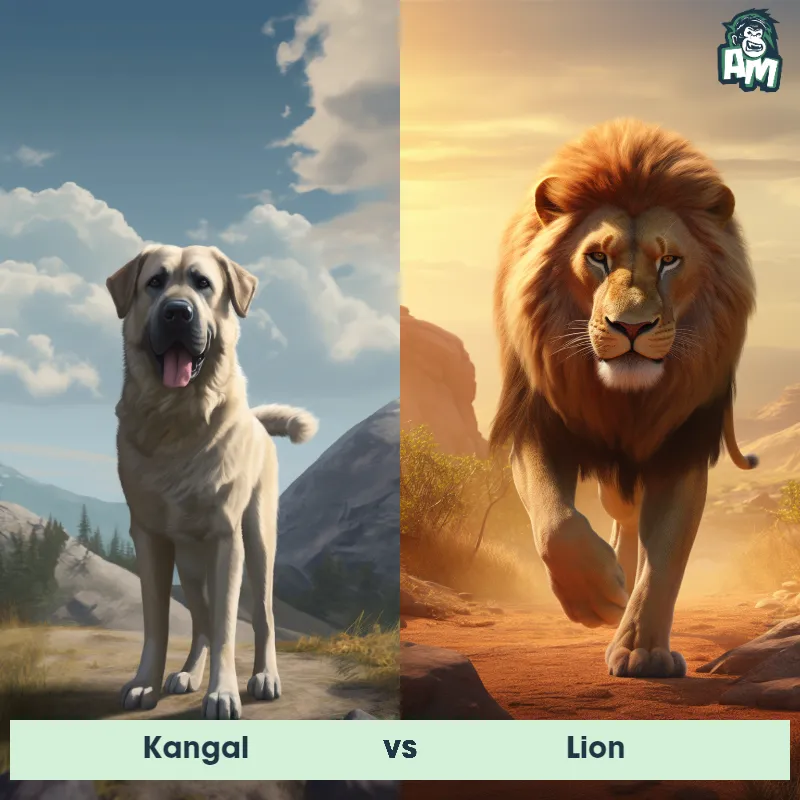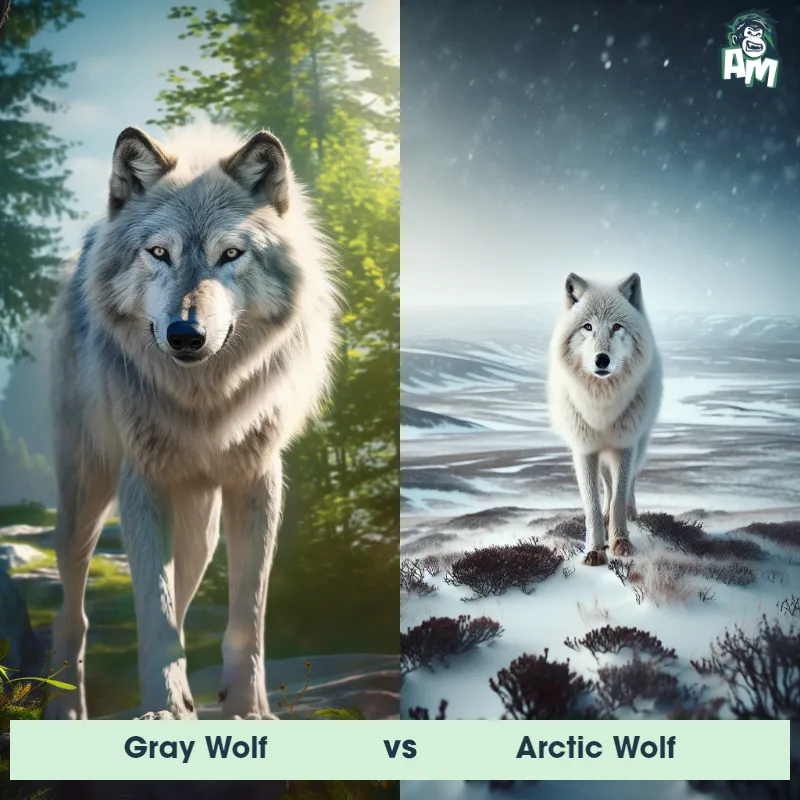Coyote vs SkunkSee Who Wins

Ladies and gentlemen, welcome to this thrilling matchup between two fierce competitors in the animal kingdom! Tonight, we have a Coyote facing off against a Skunk in what promises to be an exhilarating three-round fight. Both animals are known for their unique defensive tactics and offensive skills, so hold on tight for some intense action!
Contender 1: Coyote
The Coyote, also known as the American jackal, is a small, carnivorous mammal that belongs to the Canidae family. They have a slender, agile body with a bushy tail, pointed ears, and a long snout. Coyotes have a grayish-brown fur coat with a white underbelly, and their eyes are yellow and almond-shaped. They are known for their adaptability and intelligence, and can be found in a variety of habitats, from deserts to forests.
Fun Fact: Coyotes are known for their vocalizations, which include howls, yips, and barks, and they use these sounds to communicate with each other and establish their territory.
Contender 2: Skunk
The skunk is a small to medium-sized mammal best known for its ability to secrete a pungent odor when threatened. Skunks are identifiable by their black fur with a distinctive white stripe that runs down their back and tail. They have a small head, short legs, and a bushy tail. Skunks are omnivores and feed on a varied diet, including insects, small rodents, fruits, and plants.
Fun Fact: Skunks are not as indiscriminate with their spray as people often believe; they can accurately spray their scent at a target up to 10 feet away.
Matchup Stats
| Coyote | Skunk | |
|---|---|---|
| Size | 32-37 inches (81-94 cm) in length | 8-19 inches (20-48 cm) |
| Weight | 20-50 pounds (9-23 kg) | 1.1-14 lbs (0.5-6.3 kg) |
| Speed | Speed: 43 mph (69 km/hr) | 10mph (16km/h) |
| Key Strength | Speed and agility | Ability to spray a pungent odor |
| Biggest Weakness | Lack of physical strength | Limited spray range (up to 10 feet) |
Current Votes
Coyote vs Skunk
See Who Wins
View More Matches
Looking For More?
Similar Matches
Scientific Stats
| Coyote | Skunk | |
|---|---|---|
| Scientific Name | Canis latrans | Mephitidae |
| Family | Canidae | Carnivora |
| Habitat | Various habitats, including deserts, forests, and grasslands | Forests, grasslands, and suburban areas |
| Geography | North and Central America | North and South America |
| Diet | Omnivorous, eats small rodents, insects, fruits, vegetables, and larger prey like deer and livestock | Omnivorous (insects, small rodents, fruits, and plants) |
| Lifespan | 10 years - 14 years | 2 years - 10 years |
Key Differences between Coyote and Skunk
- Leg Proportions: Coyotes have relatively long legs in comparison to their body size, allowing them to run swiftly, whereas skunks have shorter legs that make their movements appear more waddling in nature.
- Facial Features: Coyotes possess prominent, pointed ears and a long bushy tail, while skunks have smaller, rounded ears and a distinctively fluffy tail.
- Body Shape: Coyotes have a slender and agile body structure with a pointed snout, whereas skunks have a more stout and compact build with a rounded snout.
- Color and Patterns: Coyotes have a range of fur colors from grayish-brown to reddish-brown, while skunks have distinct black fur with a white stripe running down their back, often extending to their tail.
- Behavior: Coyotes are known for their cunning hunting techniques and are generally more active during dawn and dusk, while skunks are nocturnal animals, known for their defensive behavior, such as spraying a pungent odor when threatened.
- Size: Coyotes are generally larger than skunks, with adult coyotes weighing between 20-50 pounds, while skunks typically range from 7-18 pounds.




